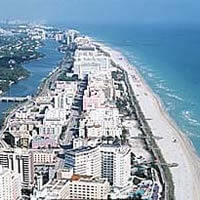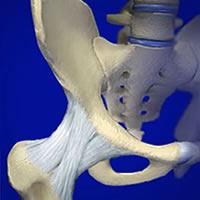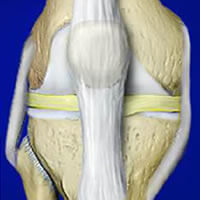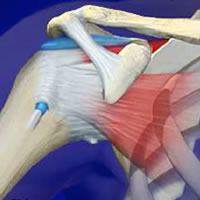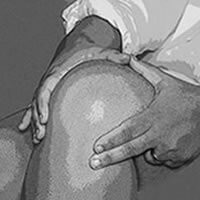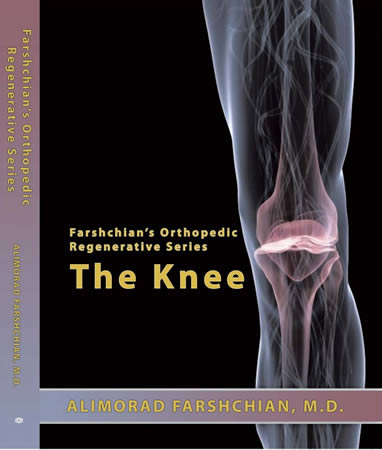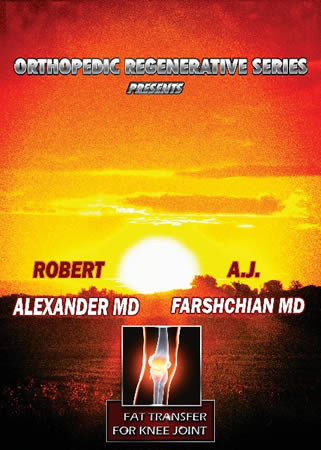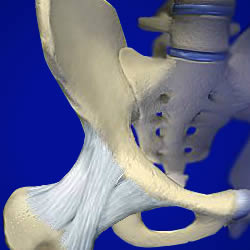Flat back syndrome
- Home
- Case Studies
- Flat back syndrome

Flat back syndrome
Patient is a generally healthy 61 year old male. Patient presents in physical distress as a result of a chronic low back pain . The pain limits most activities that require bending and prolong weight bearing. Patient reports history of low back surgery performed in the early 1980's. Patient is able to ambulate independently with a stooping posture.
Evaluation results: Positive for Loss of Lumbar Lordosis Positive for Left Lumbosacral dysfunction (moderate) Positive for Right Lumbar Myalgia with associated left lumbar congestion. Positive for left lumbar scoliosis. Negative for neural tension maneuver both lower extremities. Positive for to decrease S1 reflex Both sides.
Discussion: There exists a distinct low back condition associated with lumbar decompression surgeries. This condition is call Flat-Back syndrome. The majority of lumbar decompression surgeries are performed as a result of degenerative tissue applying excess pressure on an inflamed nerve or the spinal substance. Some surgeries are designed to minimally disturb the surrounding tissue of the involved level, as is the case with microdissectomy. Other surgeries remove portions of bone from the involved level, these are called hemi-laminectomies. Then there are surgeries which remove total sections of bone, these are called complete laminectomies. Often times these surgeries are performed on multiple levels. Unfortunately, at some time in the future after the surgery the patient develops Flat-back syndrome. Sometimes the condition is not symptomatic. The condition causes a flattening out of the lumbar area. It changes the patient's posture. It forces the patient to tilt forward at the hips. This makes walking, sitting and assuming lying positions difficult or even painful. At the Center (CRM) we have seen this condition many times. There seems to be a relationship between the amount of hard tissue removed and the amount of levels performed surgery on and the propensity for Flat-Back syndrome. It appears that there are two flat-back syndrome entities. The first, we call non-dysfunctional Flat-Back syndrome. This entity responds the fastest to treatment. Patient's who present with this first entity are absent of all restrictions in their Lumbosacral region. When tested with the prone external rotation test (i.e. a test designed to measure restrictions) they will test negative. The second entity we call dysfunctional Flat-Back syndrome. Patients who present with this entity have an entirely different patho-mechanical condition. The patient will test positive for the prone external rotation test. The patient will demonstrate a constellation of physical finds distinct from non-dysfunctional Flat-Back syndrome. What causes Flat-Back syndrome? The spinal column requires all its boney elements in order to maintain sustainable strain forces. The posterior elements are especially important. The posterior elements are designed to control the position of the vertebraes. When these elements are removed the integrity of the level is compromised. Furthermore often times post-laminectomy scar tissue begins to invade the openings established by the surgery. This scar tissue known as fibrosis grows over the protective tissue surrounding the spinal cord. As the pathological fibrosis invades and expands into the spinal column pressure is increased over the neurological substance. Besides, having the boney architecture modified, compressive forces are resisted in a hap-hazard way. Strains in some area are increased and decreased in other. This imbalance of the tissues in the back eventually causes the back to fail and assume a Flat-Back posture. Posted by Roman Garcia RPT, staff Physical therapist at the Center for Regenerative Medicine.
Case Study Date: 4/29/2010

